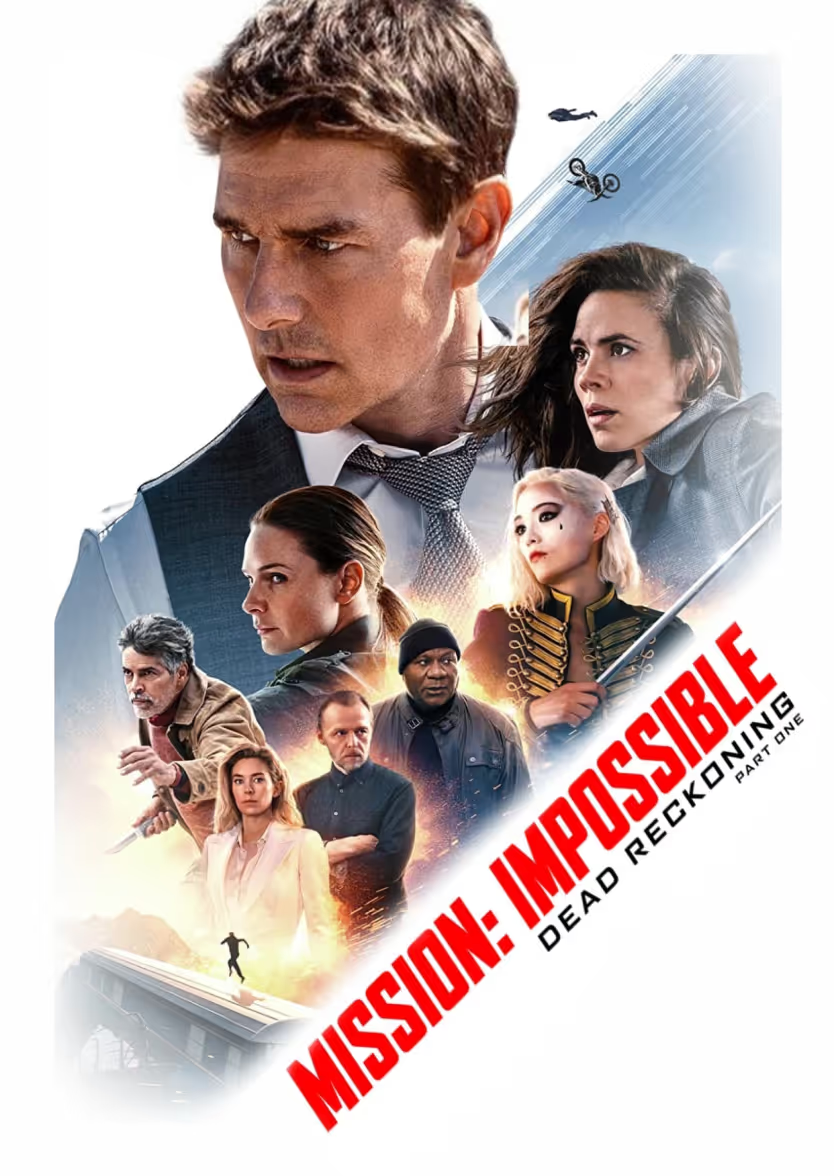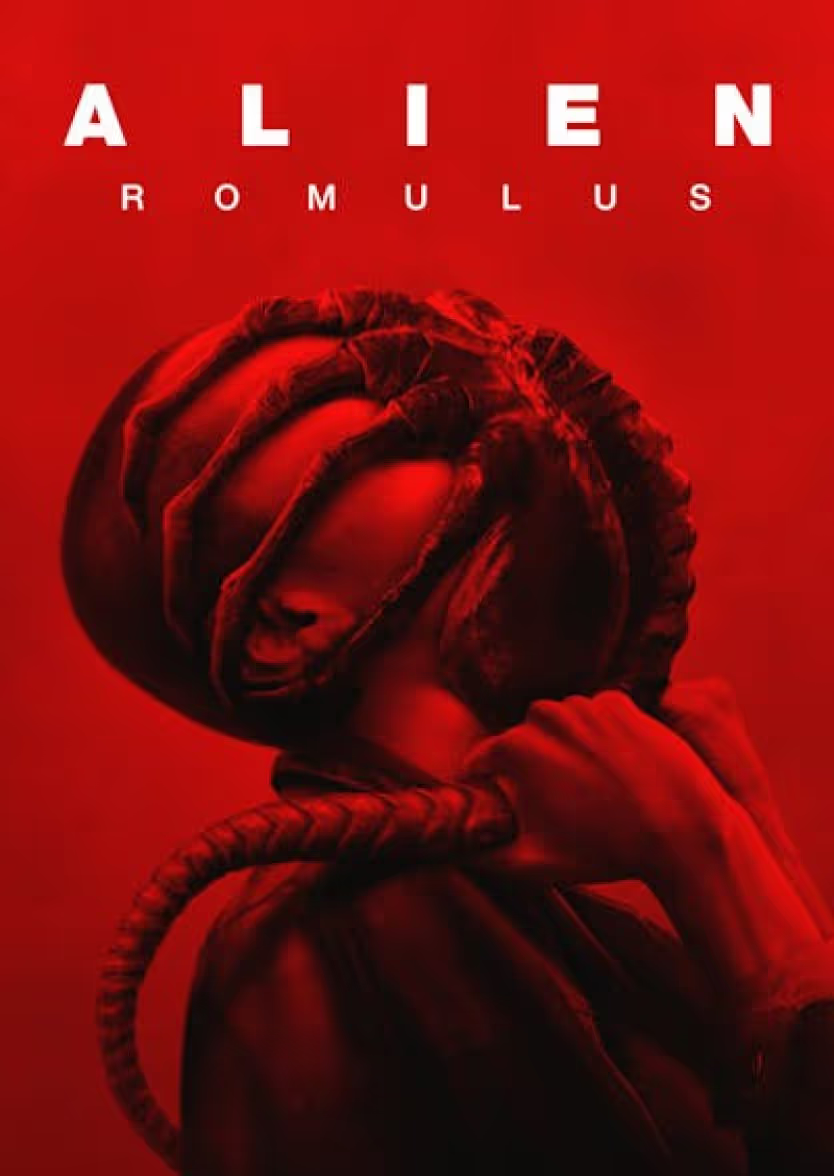The Top Gun: Maverick team set out to deliver an exhilarating sequel that satisfies longtime fans while introducing the iconic story to a new generation. Behind the scenes, they pushed the boundaries of filmmaking, with heart-pumping aerial shoots, top-of-the-line IMAX cameras, and innovative post collaboration.
“Evercast became an absolutely essential tool for us to work together. We spent every day on it for the last maybe five months of post-production, reviewing the edits, working on music revisions. And we managed to get the visual effects quality to be outstandingly high so that [director] Joe Kosinski could basically final the effects shots. The VFX editor was able to stream from her home in LA, and everyone would be logged in, including Jerry Bruckheimer and Tom Cruise.”
- Eddie Hamilton, ACE, editor
The project
Top Gun: Maverick is the acclaimed 2022 sequel to the beloved 1986 classic. With a compelling narrative, breathtaking action sequences, and a touch of nostalgia, the film captivated audiences and critics alike, earning six Academy Award nominations and one win for Best Sound.
The team
- Joseph Kosinski, director
- Tom Cruise, producer
- Jerry Bruckheimer, producer
- Christopher McQuarrie, producer
- David Ellison, producer
- Eddie Hamilton, editor
- Hans Zimmer, composer
- Cecile Tournesac, supervising music editor
- Latham Robertson, visual effects editor
- Paul V. Molles, visual effects producer
Unique challenges
Remote locations
Naturally, a film like Top Gun: Maverick has a lot of moving parts—both on and off camera. The crew spent significant time on naval bases along the West Coast of the US, which meant they were physically removed from the producers and other crew members around the world. And with Tom Cruise both starring in and producing the film, he needed to be on location round-the-clock while also maintaining tight communication with the other producers and post team abroad.
Music as a driving force
Just as in the original Top Gun, music plays an important role in the sequel. With high-profile artists like Lady Gaga and Ryan Tedder (OneRepublic) contributing epic tracks, it was especially important for them to get an intimate feel for the film, and where and how the songs would fit in best. However, due to security restraints, the musicians were unable to have direct access to the picture files; they could only watch cuts of the film live as they streamed virtually.
Visual effects galore
While much of the film was shot practically, with Tom Cruise famously performing many of his own stunts, there’s always room for visual effects. In this case, there was no scarcity of shots: about 2,400 in total. With close collaboration between editorial and VFX required to pull it off without a hitch, they needed a way to remotely review in high resolution and low latency.

The setup
From up and down the Pacific Coast to around the world, the Top Gun team came together through Evercast, streaming from Avid Media Composer, Pro Tools, After Effects, and more into the Evercast room to collaborate in real time.
The workflow
The team used Evercast to review cuts, music, and VFX, with a dedicated virtual room for each use case. They used Evercast daily for the last five months of post-production.
Streaming in 4K, the high quality enabled director Joe Kosinski to review and approve VFX shots with Bruckheimer, Cruise, McQuarrie, and other stakeholders all joining the Evercast room from different locations. The VFX editor and producer were working from home in Los Angeles and the main VFX vendor, Method Studios, was based in Canada.
The music team was dispersed all over the world, and as an added challenge, they were unable to provide the picture files to the musicians. So, the team used Evercast to test different musical choices against the picture, all live together in the same virtual room. With Evercast, they could collaborate face-to-face and stream from multiple sources at once. Using a USB mixer, they could route the sample music from Pro Tools to Evercast; simultaneously, the editorial and/or VFX team could stream picture from Avid Media Composer, roughly syncing it with the sound to get a sense of how it worked together.
They also used Evercast to hold intimate screenings of various scenes or clips with friends and family, to get initial reactions and feedback.
“I was in London and a lot of my editorial team were in LA, so they would send media across to me, and I would look at it every morning. Then there would be two- or three-hour Evercast calls in the evening my time, to go through all the visual effects. And then we did the ‘Top Gun’ sound mix here. So, a lot of it was done remotely. The team in LA would listen in to playbacks.”
- Eddie Hamilton, ACE, editor
The results
Evercast brought the Top Gun filmmakers together from the California seaside to overseas, across editorial, visual effects, and music workflows. By enabling secure reviews, screenings, and working sessions, Evercast kept the team working cohesively and efficiently, no matter where in the world they were.
“A lot of the time, I was on various naval bases on the West Coast of the US. If we wanted to review footage with producers, then we almost exclusively used Evercast to show cut scenes and discuss progress with filming aerial sequences. We used it quite a bit for music reviews as well, because the music team was spread out all over the globe, and it was one way that we could all communicate very easily.”
- Eddie Hamilton, ACE, editor

Create together remotely, in real time
















.avif)









.avif)


.avif)